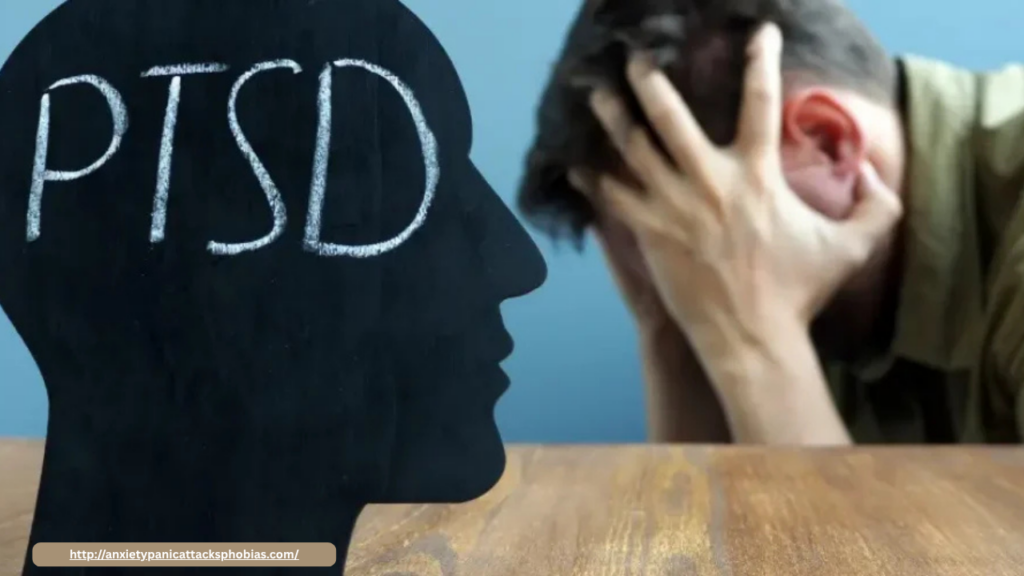The Trauma Trap: How PTSD Shapes the Brain and Body

Post-Traumatic Stress Disorder (PTSD) is a complex and often debilitating mental health condition that arises after experiencing or witnessing a traumatic event. While commonly associated with combat veterans, PTSD can affect anyone, including survivors of accidents, abuse, natural disasters, or violent crimes. The effects of PTSD extend far beyond emotional distress—this disorder can profoundly alter both the brain and body, trapping individuals in a persistent state of fear and hypervigilance.
Understanding PTSD
PTSD develops when a person’s response to trauma becomes chronically dysregulated. Rather than gradually processing and moving past the traumatic event, individuals with PTSD remain stuck in a cycle of intense fear, anxiety, and avoidance. Common symptoms include:
- Intrusive memories and flashbacks
- Nightmares and sleep disturbances
- Avoidance of trauma reminders
- Negative changes in mood and cognition
- Heightened arousal and reactivity (e.g., being easily startled, irritability)
These symptoms can interfere with relationships, work, and daily functioning, leading to feelings of isolation and helplessness.
The Brain on Trauma
PTSD literally reshapes the brain. Research using brain imaging has shown significant changes in three key areas:
1. Amygdala: The amygdala, responsible for detecting threats and activating the fight-or-flight response, becomes hyperactive in individuals with PTSD. This overactivity causes exaggerated fear responses, even in safe environments.
2. Hippocampus: This area is essential for memory and distinguishing between past and present experiences. PTSD is linked to a smaller hippocampus, which may contribute to problems with memory and differentiating real threats from perceived ones.
3. Prefrontal Cortex: This part of the brain helps regulate emotions and decision-making. PTSD can impair the prefrontal cortex, making it harder to control fear and rationalize emotional responses.
These brain changes help explain why PTSD is not just a mental issue but a biological one—highlighting the need for comprehensive treatment that addresses both the mind and the brain.
The Body’s Response to PTSD
The body is also deeply affected by trauma. Chronic activation of the stress response system leads to excessive levels of cortisol and adrenaline, which can damage tissues and organs over time. People with PTSD often experience:
- Cardiovascular issues (e.g., high blood pressure, increased risk of heart disease)
- Gastrointestinal problems
- Chronic pain
- Weakened immune function
Additionally, PTSD is frequently linked with other conditions such as depression, anxiety disorders, and substance abuse, complicating recovery and further impacting physical health.
Healing from PTSD
While PTSD can be deeply disruptive, recovery is possible with the right support and treatment. Evidence-based therapies include:
1. Trauma-Focused Cognitive Behavioral Therapy (TF-CBT): Helps individuals reframe negative thoughts and reduce trauma-related symptoms.
2. Eye Movement Desensitization and Reprocessing (EMDR): A structured therapy that helps process and integrate traumatic memories.
3. Medication: Antidepressants and anti-anxiety medications may be prescribed to manage symptoms.
4. Lifestyle Support: Regular exercise, mindfulness practices, and social connection can significantly improve overall resilience.
Conclusion
PTSD is a powerful force that reshapes how a person thinks, feels, and experiences the world. By understanding the profound effects trauma has on the brain and body, we can move toward more compassionate, informed, and effective care. Healing takes time, but with the right approach, recovery is within reach.